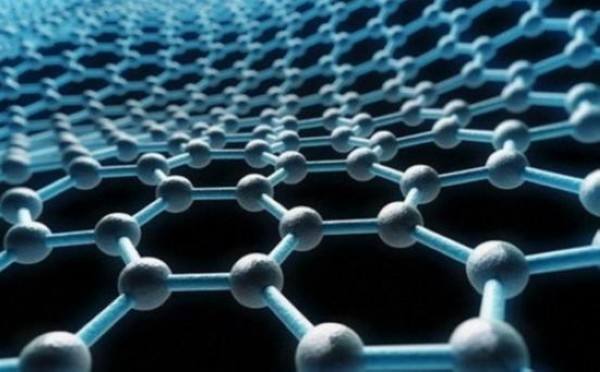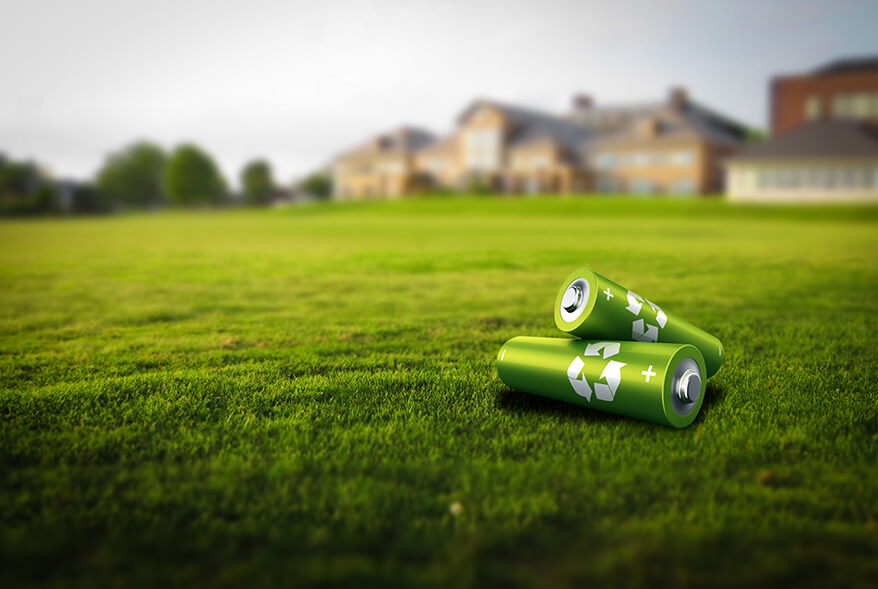Cobalt in Lithium Batteries
Dec 16, 2019 Pageview:1708
In the era of the fast-moving world, where everything can be done with a click of a button, remote using devices are out of markets now. Everyone is switching over gadgets and appliances that are battery-driven. It is so because these days technology has made it easier. You don’t have to carry long wired chargers or fuel to operate your devices. Be it the automobile sector or military, the devices and types of equipment that are currently in trend are either automatic or runs smoothly on batteries.
Innovation and technology have redefined all the aspects and spheres of human life and its surroundings. From a mere musical instrument to the jet engine, today every next thing can be operated via battery. Popular companies such as Tata, Tesla, Panasonic all are manufacturing vehicles and devices that can function on battery.
What type of cobalt is used in batteries?
We all know that there are many elements that are used in Lithium batteries. And all the materials used have a different purpose in the batteries. You will be amazed to know that 50% of the whole world’s Cobalt produced is used for rechargeable batteries which are mostly Lithium batteries. As cobalt is the key ingredient in those batteries, the manufacturers need to obtain the best and pure form of cobalt. Resulting in faster charging and increased lifespan, cobalt plays a major role in the battery chemistry for rechargeable Lithium batteries.
Lithium Cobalt Oxide, which occurs from the ores of arsenic, sulfur, manganese, and nickel, is used in the intercalation electrode. It is primarily used in lithium-ion rechargeable batteries cobalt hydroxide is used as a conductive additive in the cathodes of rechargeable batteries. Lithium Cobalt Oxide also is known as lithium cobaltate or lithium-ion-cobalt (LCO) has high capacity used for camera, cell phone or laptop.
Lithium Nickel Manganese Cobalt Oxide is also known as lithium-manganese-cobalt-oxide (NMC) is the safest battery which is used for power tools, e-bikes, etc. Lithium Nickel Cobalt Aluminum Oxide (NCA) is gaining importance in grid storage systems and electric power trains.
How cobalt is used in lithium batteries?
In 1739, George Brandt a Swedish chemist discovered cobalt while performing an experiment. Since cobalt is a lustrous, hard, brittle element. Cobalt is produced from the ores of copper and nickel. Cobalt was firstly used as the cathode material for lithium-based batteries. But due to the high pricing of cobalt, manufacturers are trying to substitute the material. Alloys of aluminum, nickel, manganese create a powerful blend for cathode material. It is more economical and provides enhanced performance. Most devices that are portable in nature runs on cobalt-based batteries. Cobalt-based lithium batteries have a long life span also. A cobalt cathode can tolerate 60 percent lithium before it needs to change. Changing cobalt with cheap nickel can still create intercalation. This can manage the structure but it will decrease the capacity of the cell.
lithium cobalt oxide is made up of two-dimensional layers i.e. a layer of oxygen and layer of oxygen then again with a layer of lithium and layer of oxygen. The basic structure must stay unaltered. To have lithium oxide behave in a particular way, the structure should remain stable and unchanged. Carbon graphite material used in the cathode supports a layered structure which is able to store small lithium ions in between
How does cobalt work in lithium batteries?
Cobalt-based lithium batteries were first appeared in 1991 by Sony. Cobalt is used in rechargeable batteries as a material for the cathode. A permeable polymer membrane divides two electrodes that stay submerged in the electrolyte solution. The cathode keeps the lithium ions through electrochemical intercalation, by which lithium ions are put into grid location inside the structure of cathode material. When a battery made up of Lithium Cobalt oxide (LI-co-O2) is charged, lithium ions are rolled out of the oxide and enters into a graphite electrode. While during the discharging process, the opposite phenomena take place. When lithium-ion is pulled outside from oxide in the cathode, it becomes positively charged. So the cobalt modifies its state of oxidation and oxide becomes electrically neutral.
Cobalt increases the energy density of the battery which allows the devices to give maximum utility. It also offers long run-time which makes it attractive for laptops, cameras and cell phones to use cobalt. Cobalt is used in lithium-based batteries because they provide high power and small size. Lithium and cobalt markets are majorly driven by battery demand by consumer electronics and electronic vehicles. Cobalt prices are touching skies because of the increased demand by big battery manufactures.
1,00,000 tones of cobalt is producing annually across the world, out of which around 48,000-tonne is consumed by the battery industry. To offer unbeatable energy, lithium cobalt oxide cathode contains 60% of cobalt. Cobalt-based lithium ions are primarily used in rechargeable batteries. Rechargeable batteries are those batteries that can be charged expensively before they are disposed of. Chargers take few minutes to long hours to charge these batteries. With cobalt in such batteries, it becomes really fast. Cobalt has thermal stability and high energy density these properties make cobalt ideal for battery application. Nickel-cadmium and nickel-metal hydride are some other rechargeable batteries that use cobalt.
That’s all on cobalt in lithium batteries. Hopefully, you will now get an idea of how cobalt works and used in lithium batteries.
While roughly half of the cobalt generated is today utilized for batteries, the metal also has vital other applications in electronics. And the good news is that both lithium and cobalt are recyclable, even though almost no lithium-ion batteries recycling presently takes place.
- Prev Article: Cobalt Free Lithium Batteries-Material Chemical
- Next Article: Li-Ion and Li-Polymer Battery Comparison
Leave Message
Hottest Categories
-
Hottest Industry News
-
Latest Industry News












